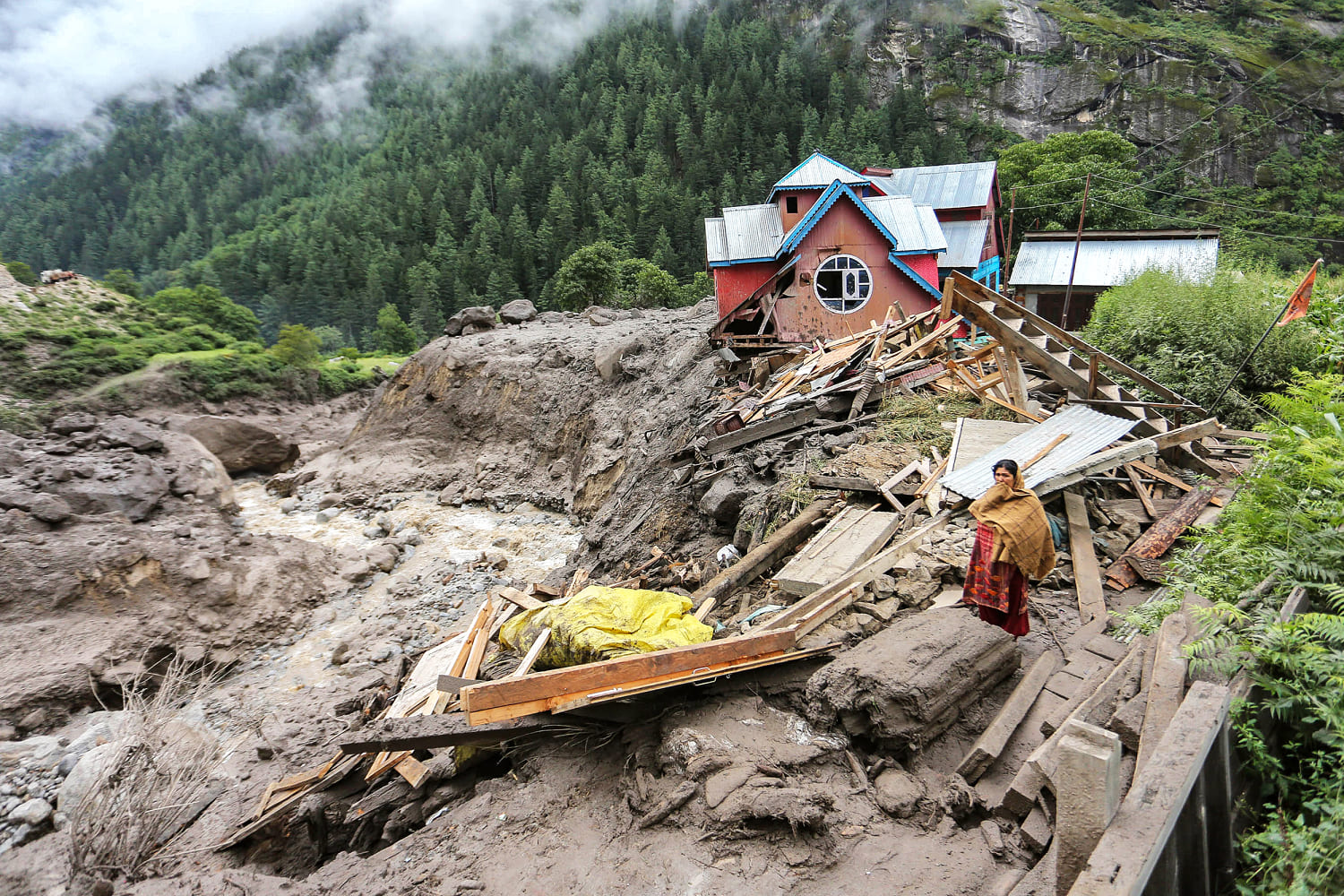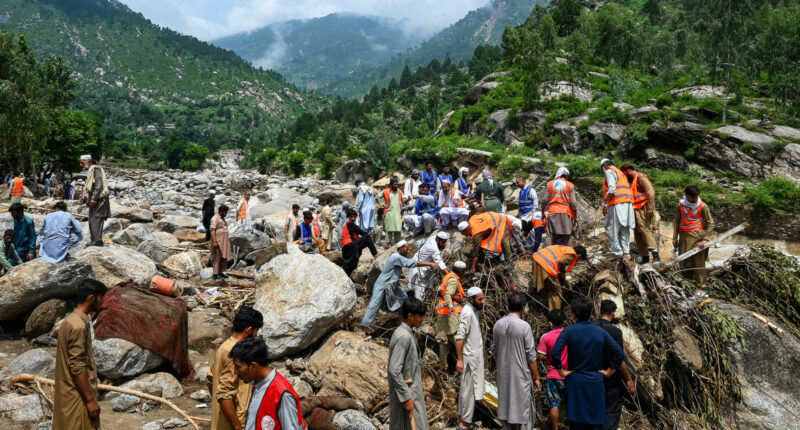Share this @internewscast.com

Earlier this month, a cloudburst occurred in India, specifically in Uttarakhand, where floodwaters engulfed the Himalayan village of Dharali. Meanwhile, Pakistan has experienced 50% more rainfall compared to the same time last year, according to Lt. Gen. Inam Haider, the head of the National Disaster Management Authority, who spoke to reporters in Islamabad recently.
Bala, a professor, mentioned, “While we can distinguish between heavy and light rainfall, predicting a cloudburst at such a small scale is challenging for anyone.”
According to the Climate Risk Index by Germanwatch, a non-profit based in Bonn, Pakistan, which contributes less than 1% to global greenhouse gas emissions, is one of the countries most impacted by severe weather conditions.
In 2022, Pakistan faced a national emergency after floods covered one-tenth of the nation, resulting in nearly 1,700 fatalities. The World Bank estimated that rebuilding would require $16 billion.
But some precautions are possible.
Khan suggested adopting localized warning systems and forecasts instead of relying on distant predictions. He emphasized that using community-focused strategies like drills, sirens, and messaging groups could assist in evacuating people early.
“It has to be us saving ourselves,” he added. “We need flood-resistant infrastructure just like Japan has built earthquake resistance.”














